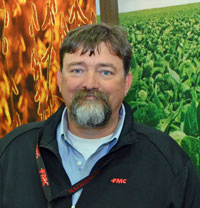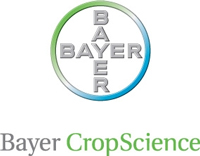 To turn a phrase, there might be more than one way to skin a tomato. Scientists with the U.S. Department of Agriculture (USDA) have found that infrared heating can simplify the removal of the tomatoes’ tight-fitting peels, better than other peeling technologies.
To turn a phrase, there might be more than one way to skin a tomato. Scientists with the U.S. Department of Agriculture (USDA) have found that infrared heating can simplify the removal of the tomatoes’ tight-fitting peels, better than other peeling technologies.
The researchers have demonstrated, for example, that infrared-based peeling is mostly waterless. That’s a benefit for canneries in sometimes-drought-stricken California, the state that produces the majority of the nation’s processing tomatoes.
Not only could the technique cut the cost of bringing water to canneries, but it might also reduce the expense of recycling the water or properly disposing of it.
Disposal is of particular concern to processors who use sodium hydroxide or potassium hydroxide to peel tomatoes. These substances can increase the cost of treating factory wastewater, according to [USDA) scientist Zhongli] Pan.
What’s more, the infrared process may help reduce wasteful “overpeeling” of tomatoes that can occur when too many layers of tomato are inadvertently removed along with the peel. In a study published in the journal Innovative Food Science and Emerging Technologies in 2014, Pan and co-researchers showed that peel-related loss was about 8 to 13 percent with infrared heating as compared to about 13 to 16 percent with sodium hydroxide-based peeling.
The researchers hope to have the system ready for cannery operating speeds by 2016.










